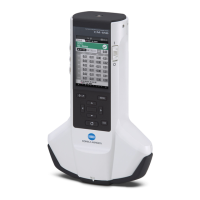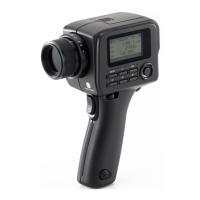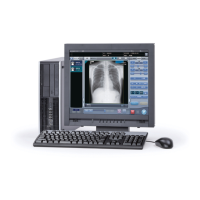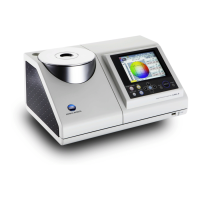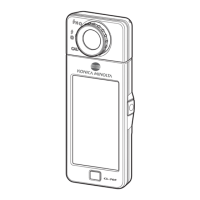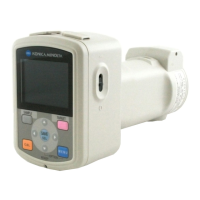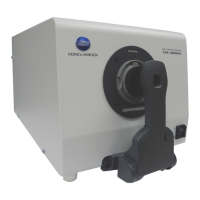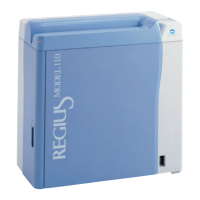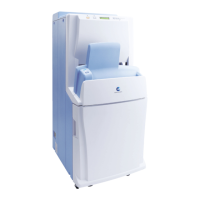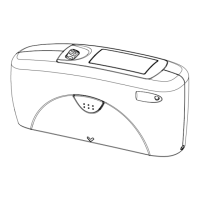
Do you have a question about the Konica Minolta MULTI GLOSS 268Plus and is the answer not in the manual?
| Measuring area (20°) | 10 x 10 mm |
|---|---|
| Measuring area (60°) | 9 x 15 mm |
| Measuring area (85°) | 5 x 38 mm |
| Geometry | 20°, 60°, 85° |
| Measuring range | 0-2000 GU |
| Repeatability | ±0.2 GU (201-2000 GU) |
| Reproducibility | ±0.5 GU (0-200 GU), ±0.5% (201-2000 GU) |
| Data memory | 1000 measurements |
| Inter-instrument Agreement | ± 1.0 GU |
| Power Supply | 4 x 1.5V AA batteries or AC adapter |
| Operating Temperature | 10°C to 40°C |
| Operating Humidity | 85% or less (no condensation) |
Explains symbols used to prevent accidents and ensure safe operation.
Outlines critical warnings and cautions for instrument usage to prevent injury or damage.
Provides essential guidelines for proper handling, storage, and maintenance of the instrument.
Details the glossmeter's function, measurement principle, and components.
Information on using battery power, including type and expected life.
Step-by-step instructions for replacing the instrument's battery.
Describes operation and supply via a computer using a USB port.
Identifies and explains the functions of all buttons, displays, and indicators on the unit.
Guides users through initial setup, powering on, and performing basic measurements.
Explains how to navigate menus and operate the unit using controls.
Instructions for modifying settings like display time and inputting names.
Provides a summary of the main menu options available on the instrument.
Describes the automatic self-test performed by the unit for calibration verification.
Details the procedure for calibrating gloss values across different measurement geometries.
How to manually adjust calibration values for specific measurement geometries.
How to check the current calibration status and recent calibration dates.
How to switch between Gloss Units and Reflectance measurement scales.
Guidelines for using and maintaining calibration standards for accurate readings.
Explains geometry selection for measuring gloss on various non-metallic surfaces.
Discusses techniques for measuring gloss on metal surfaces, considering reflectance properties.
Performing single measurements and saving results for comparison.
Conducting multiple measurements with statistical evaluation and analysis.
Performing up to 99 measurements at adjustable intervals for surface homogeneity.
Simplified operation with limited options, useful for quick measurements.
Allows users to choose measurement angles (20°, 60°, 85°) for gloss assessment.
Covers activating, selecting, creating, deleting, and displaying stored measurement data.
Setting up user-defined memory areas for storing measurements.
Procedures for deleting memory areas or their contents.
How to view stored data and transfer it to a PC.
Enables comparison of current readings against a standard, including Pass/Fail criteria.
Performing readings on a standard to save it as a reference for comparison.
How to choose an existing standard for comparison with sample measurements.
Saving new standards by defining target and limit values for Pass/Fail checks.
Modifying target and limit values of previously saved standards.
Procedures for removing saved standards from the instrument's memory.
Instructions for enabling and configuring the Bluetooth wireless connection.
How to set the integrated clock for accurate measurement logging.
Options to turn the audible beeper function on or off.
Setting the automatic turn-off time to conserve battery power.
How to choose the preferred display language for the instrument interface.
Accessing device details like serial number, firmware version, and calibration dates.
Explains the device's interface for direct communication with a PC.
Guides on installing data transfer software, USB drivers, and Bluetooth setup.
Lists the industry standards the instrument conforms to for gloss measurement.
Provides detailed technical data and operating parameters for both models.
Lists standard and optional accessories included with or available for the instrument.
Identifies common error codes, their causes, and basic troubleshooting steps.
Troubleshooting guide for unexpected variations in measurement results.
Provides instructions for cleaning the instrument and calibration standards to ensure accuracy.
Contains copyright information, terms of use, and liability limitations.
